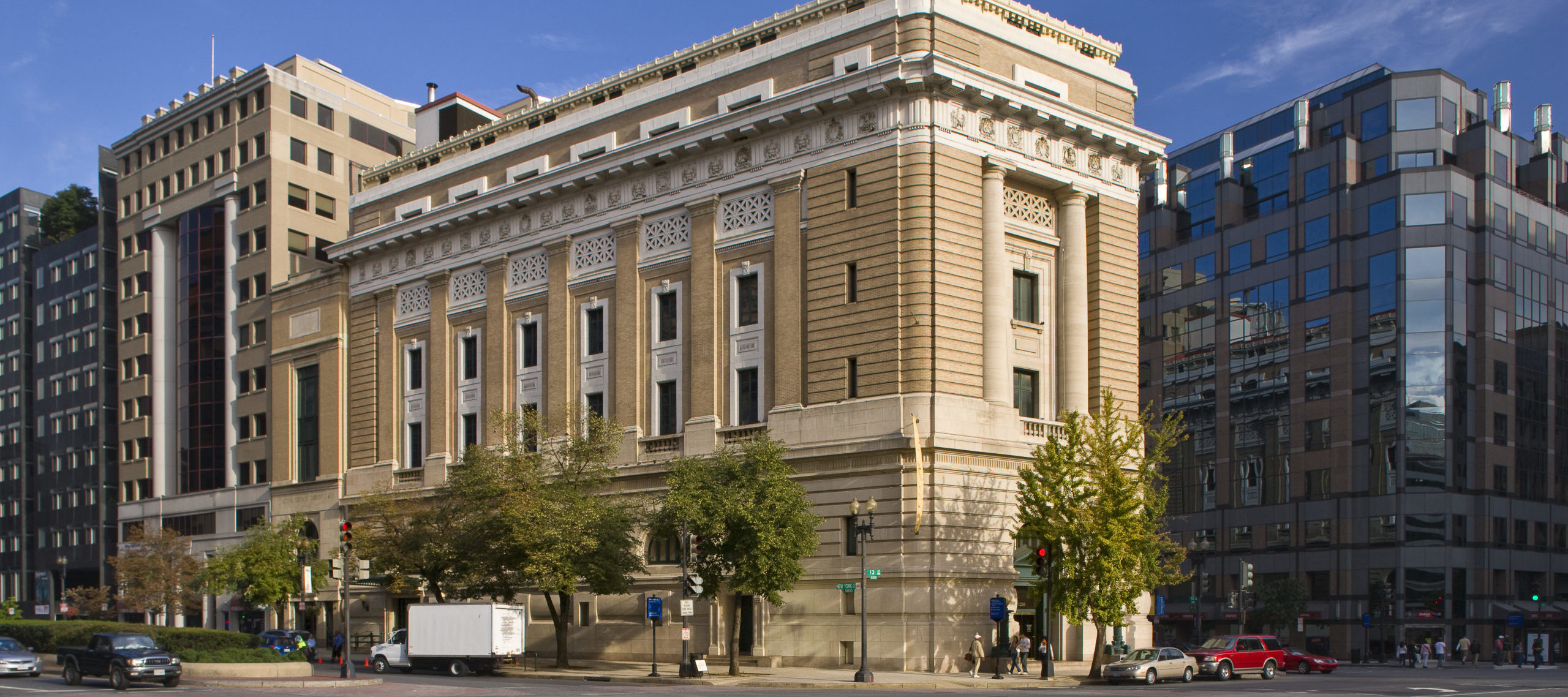Surface examinations of the Skagen artists’ paintings reveal that the seaside colony embraced artistic experimentation. Skagens Museum curator Mette Bøgh Jensen illuminated the cutting-edge practices of the Skagen artists in her gallery talk about A World Apart.
A cornerstone painting in the exhibition, Michael and Anna Ancher’s collaborative Judgment of a day’s work symbolizes the mutual respect between the husband and wife as artists. Anna painted Michael’s portrait, and he painted hers as well as the remainder of the composition.

A web of geometric cracking on the painting’s darkened surface is visible. Not an unusual find in aging works, cracking sometimes occurs as a result of poor bonding between the paint and canvas. However, this is no typical craquelure. Jensen says that Michael was “keen on mixing asphalt in with his paints.” (Shocking though it may be his paints share properties with tar-paved roads, asphalt is currently used in some paints as a waterproofing material.) NMWA Director of Education Deborah Gaston likens Michael Ancher’s material risks to those of Leonardo da Vinci: “Some experiments were more successful than others.”

Conservators also found tiny grains of sand within the surface of Skagen artists’ paintings. Skagen attracted artists who wanted to paint en plein air, or outdoors, directly in front of their subjects. One of the most modern phenomena of the day, this method enabled artists to capture the natural light and color of their surroundings. No minor feat, large canvases were challenging to transport. Painting outside also exposed artists to the unpredictable and unstable elements of nature.
A World Apart displays Oscar Björck’s largest open air painting, Launching the boat. Bjorck’s brilliantly lit work is “an outstanding example of the plein air painting,” raves Jensen in the exhibition catalogue. “The thickly impastoed foam creates a sense of standing in front of a real stretch of sea.”
P.S. Krøyer’s works, in particular, have undergone considerable inspection. Based on sand dispersal and concentration, conservators can conjecture whether works were completed on the beach or in his studio. Several of Krøyer’s monumental beach paintings, including a portrait of his wife, Marie, and his Fishermen haul dragnets at Skagen’s Northern Beach, are showcased in the exhibition.
Who knows what other concrete information may be unearthed about these Skagen artists?

